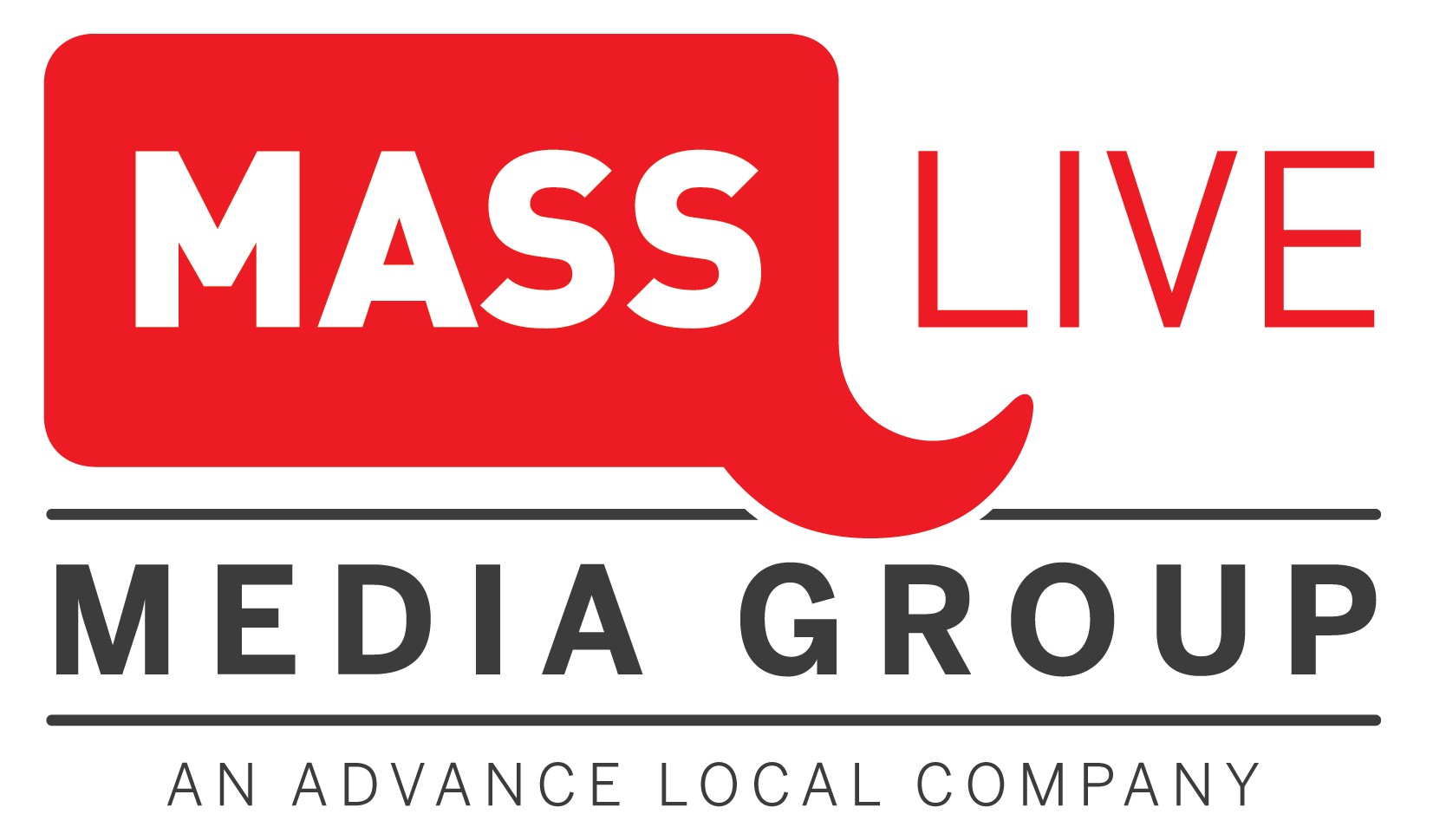Higher education is spending a lot of money to reach prospective students. But most of their efforts miss the mark. Why?
A limited understanding of student data prevents a school's ability to target higher education effectively.
You want to market successfully to new students. Therefore, you need to gather all that you know about your current and previous students. Going forward, you can develop a marketing plan from these insights.

Step 1: Identify what you know about your higher education target audience
Firstly, think of your marketing as an archery target. Furthermore, the bulls-eye consists of current and previous students. Equally important, this includes students enrolling directly after high school. But also transfer students, non-traditional students, and alumni.
What do you know about these groups? More than you might think.
- Age
- Gender
- Channel of first contact. This includes website, email, direct mail, ad, and social media.
- Family demographics. This includes household income, state of residence, and education level.
- School performance/interests. This includes GPA, major/minor, extra-curricular activities/level of engagement, and athletics.

Step 2: Analyze the data you have with your big questions in mind.
Consider this. For instance, you have all the information you could possibly want. Specifically, what are the 10-15 key questions you want to be able to answer about current and previous students and applicants? For example:
- What do students who complete their undergraduate career look like?
- Is the profile of current students the profile most desired by the college?
- Where are transfer students coming from and why?
- What motivates non-traditional students?
- How do alumni engage with the school?

Step 3: Apply your learning to maximize results.
Additionally, if you have these answers, what will you do differently? Moreover, data and analysis must be both accessible and actionable to be valuable.
- Find look-alikes consistent with key attributes of successful students.
- Analyze communication process and identify opportunities to increase efficiency
- Develop customized communications for each segment
- Test to determine best offer combinations
- Use findings from analysis to support development of marketing strategies
- Evaluate marketing strategy successes and optimize for continuous improvement
The stakes are high. Therefore, you need to specifically picture your target student. Furthermore, this will let you focus better on your higher education marketing campaign.
INDUSTRY INSIGHTS
Blog Posts
The Digital Terms You Need to Know
All
Understanding all the terms related to digital marketing and advertising can be tricky, but it is important to speak the language in the digital age....
Google announced cookies are here to stay (at least for now)
All
Google’s decision to pull back on the plan to deprecate third party cookies from Chrome marks another shift in Google’s privacy strategy and gets mixed...
5 ways manufacturing companies find new customers with digital marketing
All
Through working with manufacturing companies, MassLive Media Group has discovered three main challenges that are causing them to miss out on customers and revenue: Generating...



 Ad Choices
Ad Choices